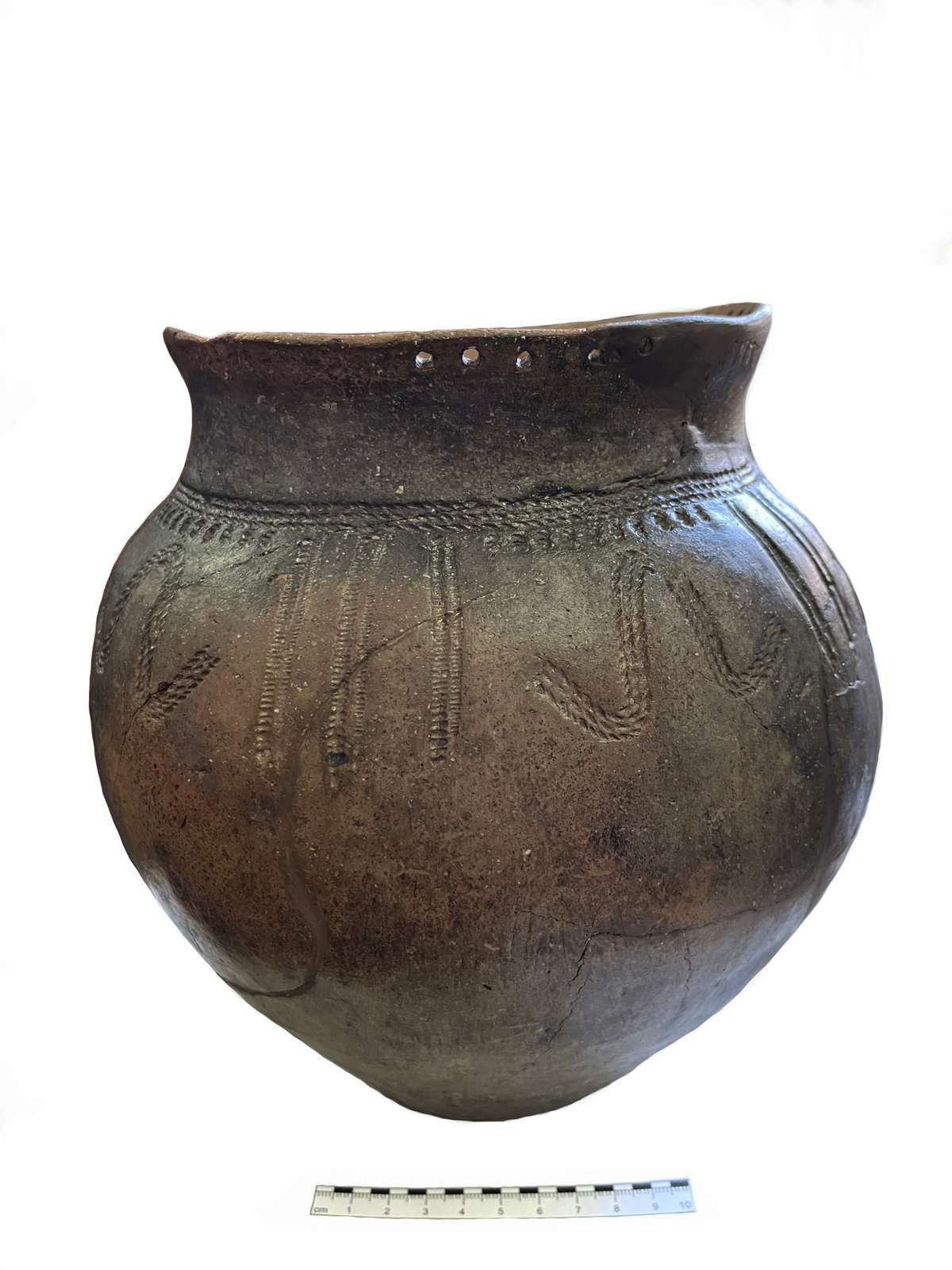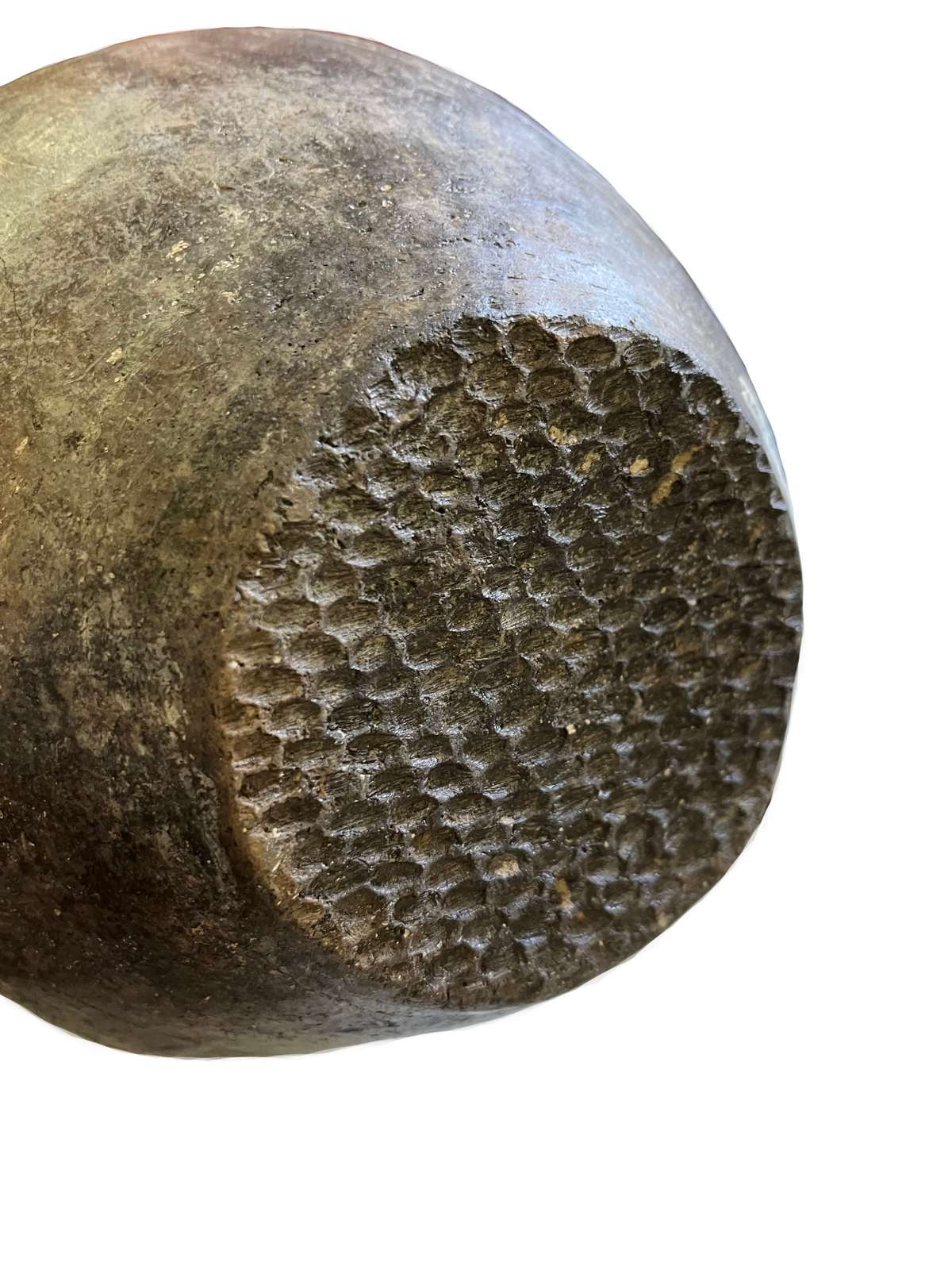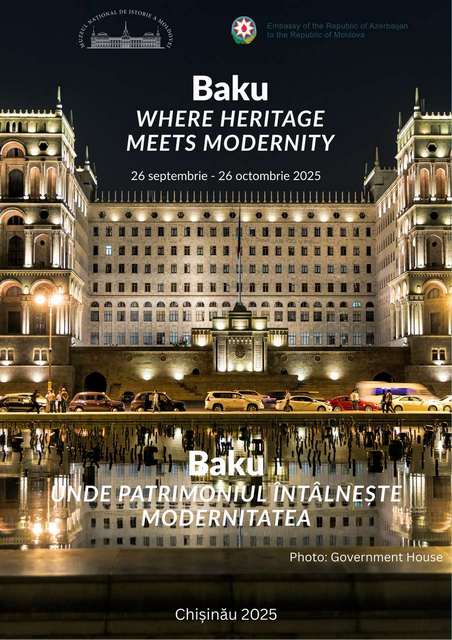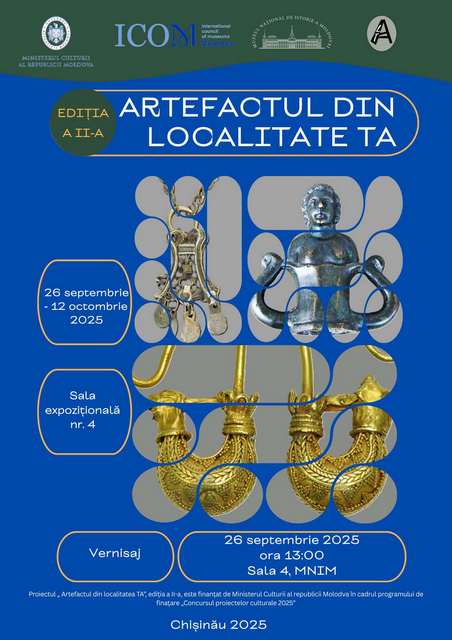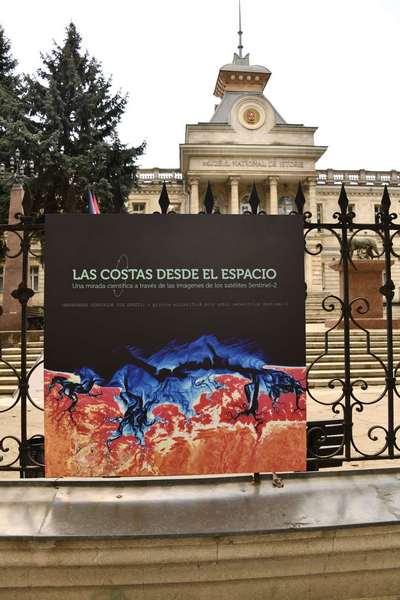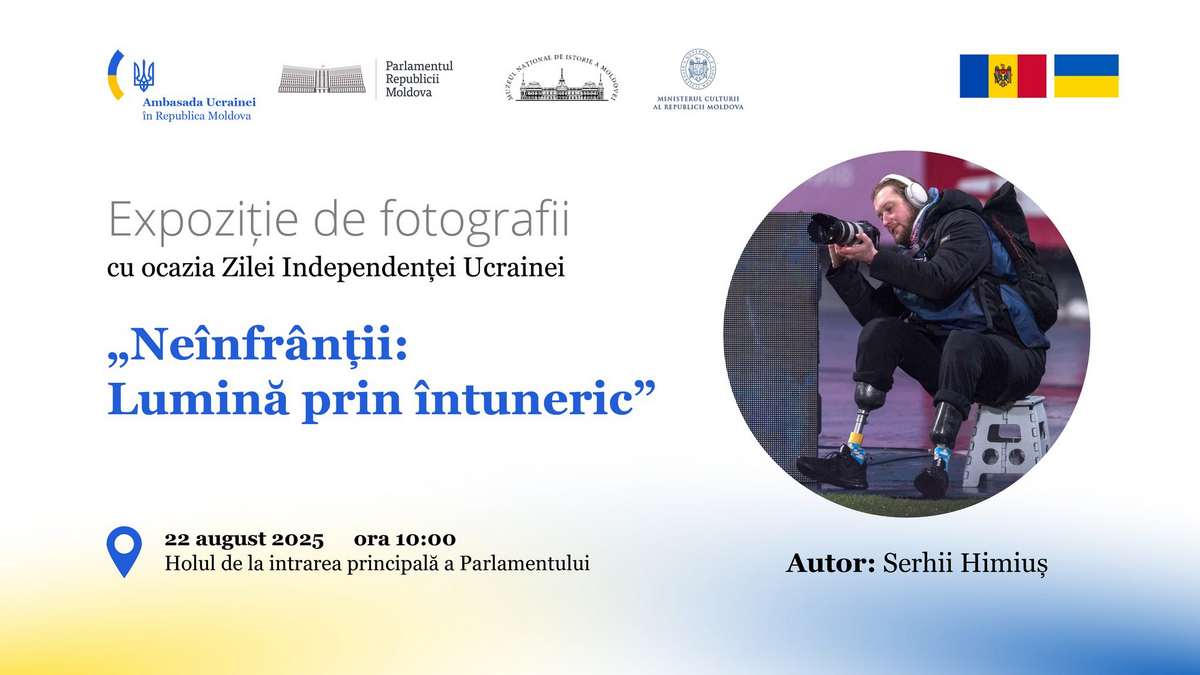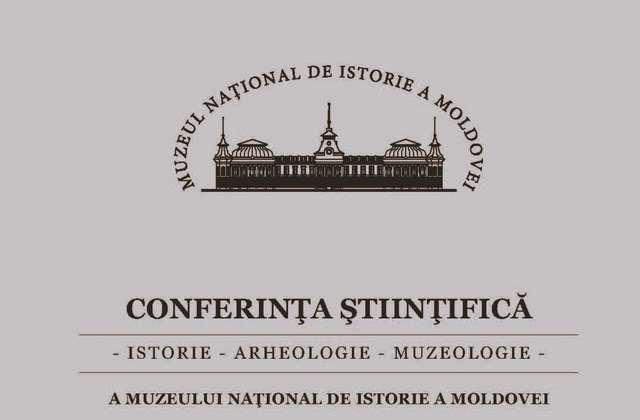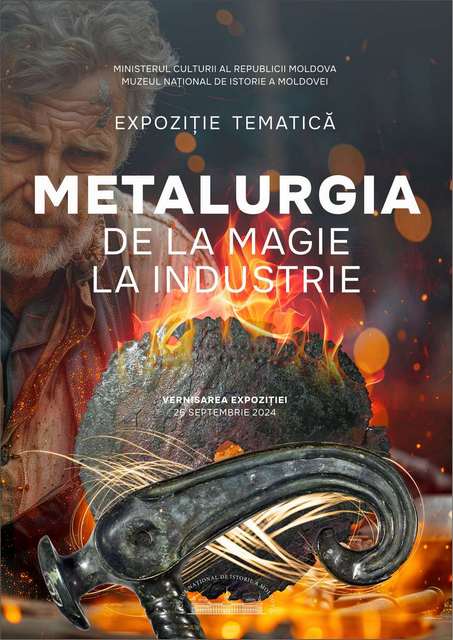The National Museum of History of Moldova is hosting a unique exhibition that presents the genius of Leonardo da Vinci as inventor and scientist. The unique mobile exhibition „Da Vinci - Inventions" was produced by the Australian company „Grande Exhibitions" under the guidance of „Leonardo da Vinci" Museum with support of Italian specialists.
Being for the first time in Moldova, the exhibition "Da Vinci - Inventions" is part of an international itinerary with displays in more than 60 countries in Europe, Asia, North America and Australia.
The exhibition brings together about 50 models of machines designed 500 years ago by the most important cultural figure of the Renaissance. The models, some functional, are made in wood and are fair copies of Leonardo da Vinci's projects that were not reproduced during the life of the inventor. To create these models, the Italian artisans studied more than 6000 pages of Leonardo's notebooks - the so-called codices, having to learn an old Florentine dialect, to interpret abbreviations, Leonardo's writing in the mirror and analyze his complicated designs.
The machinery presented in the exhibition is grouped into the following categories:
• Flying machines: Leonardo da Vinci is considered the father of flight. Initially he designed flying machines based on the movements of wings, believing that people can learn to fly if they create and operate machines that mimic the movement of birds. Later, da Vinci understood that men will never have the power to fly like birds. So he studied the flight without wings movement, exploring wind speed and ways to use air currents to reach great heights. In the exhibition are presented: glider, hang glider, parachute, device for measuring wind speed and air humidity, slope measurement device etc.
• Civil machines: Throughout his life, Leonardo worked on various technical projects, inventing machines to make work tasks more efficient. Many of his mechanical drawings are real works of art. Others are just sketches that relate directly to the mechanical device. In his old age, he revised his works on metallurgy, cranes, construction and textile machinery, proposing further improvements. Leonardo was also interested in music. From his many inventions, the mechanical drum is perhaps most fascinating. On display are: powered car, bicycle, machine for lifting pillars, pedometer, mechanical drum etc.
• Hydraulic machines / walking on water: Leonardo is noted for his work in the field of hydraulic engineering. He drew plans for control and regulation of rivers and drain of marshes. He studied hydraulic solutions already tested by other engineers, but proposing new solutions. Among his inventions are the hydraulic saw, wetsuit, double-hulled vessels, a paddle boat and safety belt, all presented in the exhibition.
• War machines: Although Leonardo was by nature a pacifist, he lived in a time of war, when the city-states of Italy were fighting among themselves and against France. War has posed new mechanical and strategic challenges and some of the most inventive activities of Leonardo focused on weapons for war. Some of his early projects are practical and easy to build, for example fast mobile bridges and ladders to assault fortresses. Later, his work has focused on defensive and offensive strategies: more durable bridges, ladders for assault, advanced artillery, mortière. Leonardo has developed plans for rifles with several pipes, cannons, catapults, giant crossbows, chariots fitted with scythes on wheels, armoured vehicles - predecessor of today tanks. All these inventions can be seen in the exhibition hosted by the museum.
• The principles of physics and mechanics: Leonardo believed that mechanics was the key to understanding the world. He studied the behaviour of elements - water, air, light - and identified models of behaviour in different situations. He made many drawings showing the swirling flow of water, air currents and the nature of light, shadows and reflections, always trying to understand the physical and mechanical principles they are based on. Among the pieces that are part of this exhibition compartment are: gearwheel mechanism, hammer driven by an eccentric cam, rotating ball bearings, elevator, etc.
Besides models of machines designed by the Renaissance genius, the exhibition also includes copies of the most famous anatomy manuscripts and notes of da Vinci. His detailed anatomy drawings are an amazing achievement. After three and a half centuries, they served as models for the anatomical drawings in the famous book "Gray's Anatomy", written by Henry Gray.
The exhibition includes also artistic works of da Vinci. On display are reproductions in full size of masterpieces "Mona Lisa", "The Last Supper", "Vitruvian Man", "Virgin of the Rocks", "Madonna Benois", "Saint Jerome" etc. Also, the exhibition shows drawings of the Battle of Anghiari. With the help of modern technology "The Last Supper" is projected on canvas in a funny and educational way.
The exhibition "Da Vinci - Inventions", presented at the National Museum of History of Moldova, provides the most comprehensive approach to the work of Leonardo da Vinci, captivating the visitors through the timeless genius of Leonardo. Visitors can move, pull, push, and rotate some objects to understand all the scientific principles underlying the inventions of the great Renaissance man.




